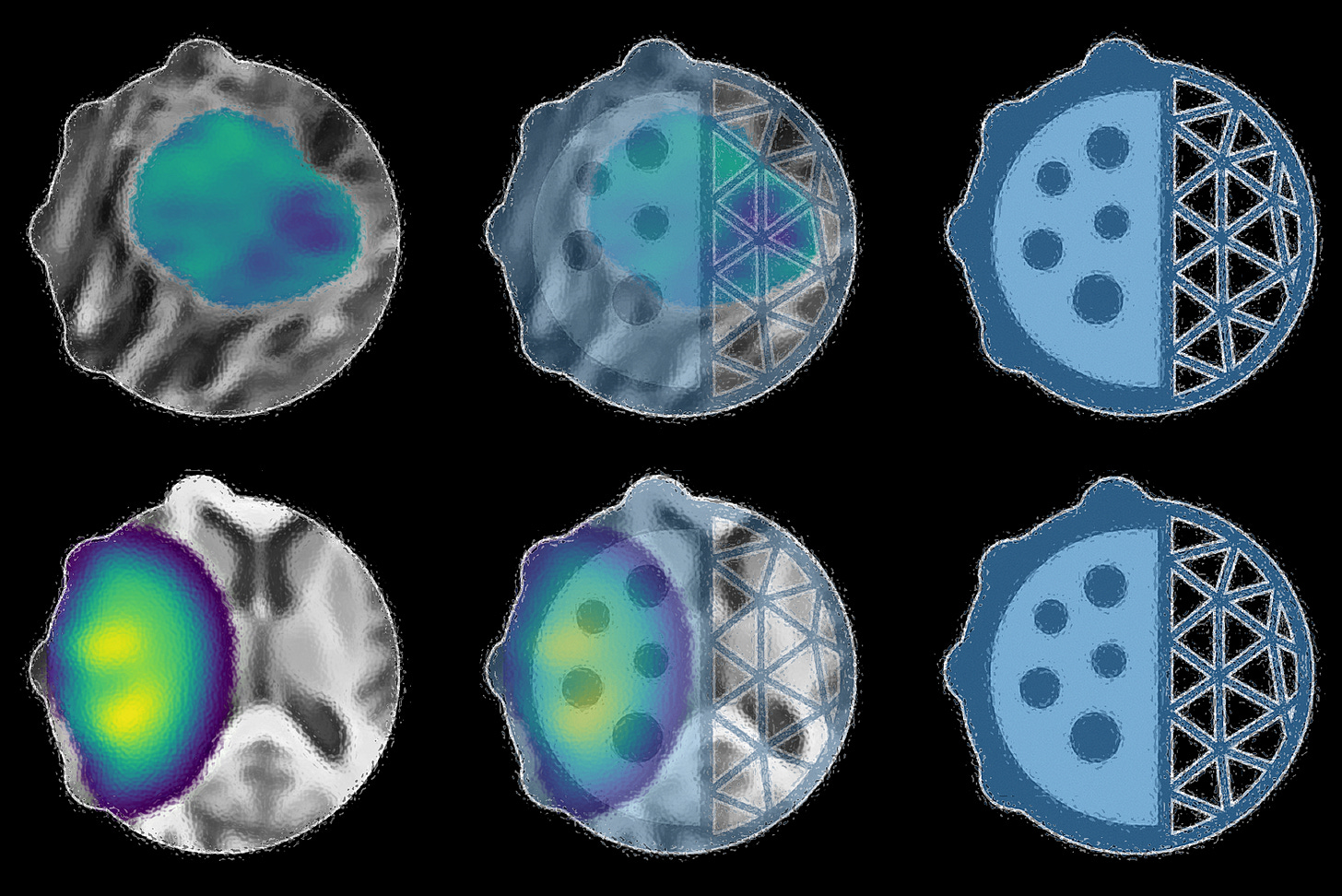This week in MathOnco 338
MathOnco25 in Tampa, multi-scale modeling, t-cell repertoire, extinction therapy, next generation models, and more...
“This week in Mathematical Oncology” — July 31, 2025
> mathematical-oncology.org
We are excited to announce the 2nd Mathematical Oncology meeting in Fall 2025 (October 29th - 31st) in Tampa, Florida, hosted by Moffitt Cancer Center. This international meeting builds on our 1st successful meeting held in Phoenix, Arizona in Spring 2023 as well as the robust legacy of growing initiatives related to the application of mathematical and computational approaches in cancer biology and clinical oncology.
To support the growing momentum in our field of Mathematical Oncology, we feel the time is ripe to establish a new regularly recurring (annual or bi-annual) meeting that will provide an international venue for collaboration, integration, training and synergy for our exciting fusion of disciplines. We look forward to seeing you in Tampa to launch the next chapter in Mathematical Oncology as we leverage the power of mathematics to drive forward positive change for patients with cancer.
Sincerely,
Sandy Anderson & Kristin Swanson, Meeting Co-Chairs
Computational modelling of aggressive B-cell lymphoma
Eleanor S. Jayawant; Aimilia Vareli; Andrea Pepper; Chris Pepper; Fabio Simoes; Simon MitchellMultiscale information processing in the immune system
Roberto Navarro Quiroz, Jose Villarreal Camacho, Eloina Zarate Peñata, …, Martha Rebolledo Cobos, Jennifer Fandiño Moreno, Ornella Fiorillo-Moreno, Elkin Navarro QuirozCirculating T-cell receptor repertoire for cancer early detection
Yilong Li, Michelle Nahas, Dennis Stephens, Kate Froburg, …, Jeffrey A. Borgia, Luis M. Seijo, Luis M. Montuenga & Roman YelenskyModeling Optimal Timing of Immunotherapy and Chemotherapy to Prevent Resistance and Recurrence in Triple-Negative Breast Cancer
Mobina Daneshparvar, Mojtaba Ghanizadeh, Seyed Peyman Shariatpanahi, Bahram Goliaei, Reza Mehdizadeh, Curzio RüeggChallenges and opportunities for the next generation of computational tumor models
Lance L. Munn, Rakesh K. JainOn the design and stability of cancer adaptive therapy cycles: Deterministic and stochastic models
Yuri G. Vilela, Artur C. Fassoni, Armando G.M. Neves
Controlling treatment toxicity in ovarian cancer to prime the patient for tumor extinction therapy
Kit Gallagher, Rachel S. Sousa, Chandler Gatenbee, Ryan Schenck, …, Dawn Lemanne, Paulo Rodriguez, Erin George, Maximilian A. R. StroblOpen Benchmarking for Cell-Based Multiscale Models: Lessons from a Community Initiative
Thaleia Ntiniakou, James Osborne, Jieling Zhao, Jules Dichamp, ..., Van Paul Liedekerke, Dirk Drasdo, Alfonso Valencia, Arnau MontagudLocal Adaptive Mapping of Karyotype Fitness Landscapes.
Beck RJ, Andor N.Enumerating and Exploring the Space of Clonal Trees
Bryce Bernstein, Kendra Winhall, Layla OesperClonal lineage tracing of innate immune cells in human cancer
Vincent Liu, Katalin Sandor, Patrick K. Yan, Max Miao, …, Leif S. Ludwig, Brooke E. Howitt, Caleb Lareau, Ansuman T. Satpathy
The newsletter now has a dedicated homepage where we post the cover artwork for each issue. We encourage submissions that coincide with the release of a recent paper from your group. This week’s artwork:
Based on the preprint: TumorTwin: A python framework for patient-specific digital twins in oncology published on arXiv
Artist: David Hormuth
Caption: In our recent work, we developed TumorTwin, an open-source computational framework for constructing digital twins of cancer. The framework is designed to support the integration of heterogeneous clinical and imaging data with mechanistic or data-driven tumor growth models in a modular architecture that facilitates reuse across disease sites and modeling approaches.TumorTwin is implemented as a Python package and includes a flexible patient data structure, parallelized solvers for forward and adjoint computations, and utilities for uncertainty quantification and treatment optimization. The package is fully documented and includes example datasets and tutorials to support adoption and reproducibility within the research community. To demonstrate its utility, we applied TumorTwin to simulate high-grade glioma growth and response to radiotherapy using synthetic patient data. This use case highlights the framework’s capacity for rapid prototyping and evaluation of modeling and treatment strategies in silico. See the full documentation and source code here. This image visualizes the intertwining of the physical and digital components of the digital twin.
Visit the mathematical oncology page to view jobs, meetings, and special issues. We will post new additions here, but the full list can found at mathematical-oncology.org.
1. Jobs
Current subscriber count: 2,327











Hello! When does registration open? I am interested in attending. I checked the conference webpage but it just says registration opens soon. Thanks for the info!